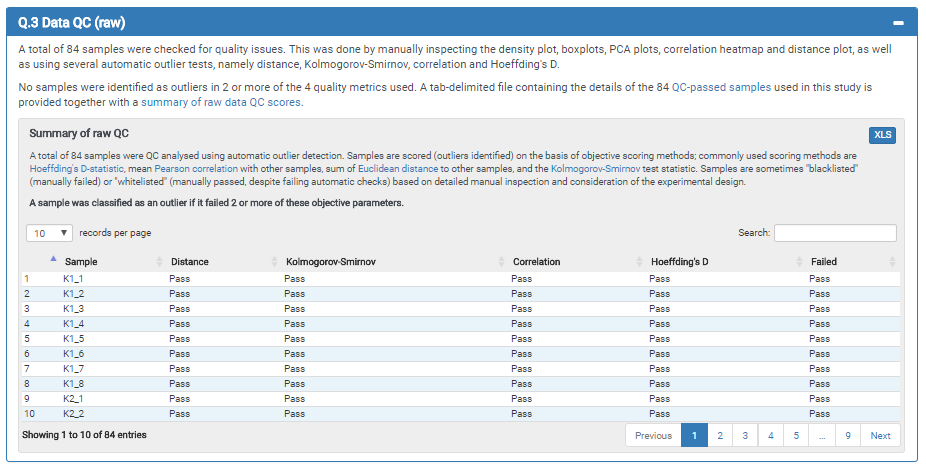The Importance of Sequencing Quality Control (Data QC)
The Sequencing Quality Control Challenge
The progress in Next-Generation Sequencing (NGS) technologies has led to high-throughput tools to generate large amounts of data. However, this has created important challenges for biology research. As a matter of fact, during experiments issues often emerge in library preparation or in the sequencing of the data.
Undeniably, one of the major challenges deriving from NGS is the quality control (QC) of the data. At Fios Genomics, we evaluate the quality of each individual sample and then check the samples altogether as part of an analysis project. During the QC stage, our team takes into account the experiment environment, sample time points and scenarios. Our checks on the quality of the platforms used during the experiment also allow isolation of poor quality data.

When You Should Perform Sequencing Quality Control
Conducting sequencing quality control protocols at different moments of data processing, as well as correctly interpreting the quality control results, are crucial steps to ensure a successful and meaningful study.
In order to increase the accuracy of the outcome, NGS quality controls should evaluate the following :
- Raw sequencing data quality and depth
- Alignment quality
- Reads duplication rates, etc.
Controlling the quality of raw data helps to quickly identify poor-quality samples in addition to flagging data issues. This often means saving a great amount of time in later analysis. Further checks should focus on the alignment quality as this is crucial for successful variant detection and for identifying bad samples that passed the raw data quality control checks. For the majority of exome sequencing studies, performing quality control on Single Nucleotide Polymorphisms (SNP) calls also helps to decrease the number of false-positive SNP calls. Checking SNP reads also helps to further identify bad samples that have not been spotted in the initial controls.
The quality of data plays a particularly crucial role in sequence assembly and gene expression studies. While NGS techniques support in-depth analyses of DNA-samples, they may introduce additional sources of errors and bias. Ignoring these errors, or performing a poor quality control before the analysis, can lead to serious issues such as sample-contamination and confusing results in the analysis. Such issues could obviously undermine the certainty of the biological outcome.
How Fios Can Help
To learn more about the importance of sequencing quality control for your study, and also how Fios can help you with this, watch the short video below:
Access our Data Analysis Reports
Fill in the form below to access a demo of our bioinformatics data analysis reports. The demo showcases bioinformatics analysis of publicly available RNA sequencing (RNASeq) datasets. These helped to identify genes and pathways associated with psoriasis and the response of psoriatic skin to modulation of the AhR.
Working with Fios Genomics was a pleasure from beginning to end, with my immensely helpful point of contact, Eleanore Irvine, always ensuring all the details were attended to. The final report, produced under enormous time pressure, was still one of the clearest, most comprehensible and complete statistical analyses I have seen, thanks to the talented staff. I will be happy to use Fios Genomics’ services again in future.

